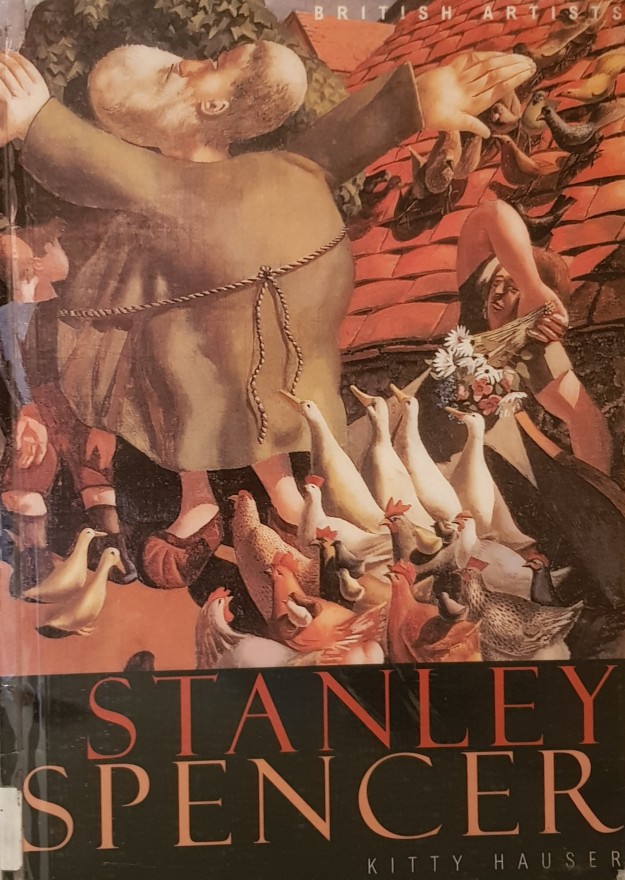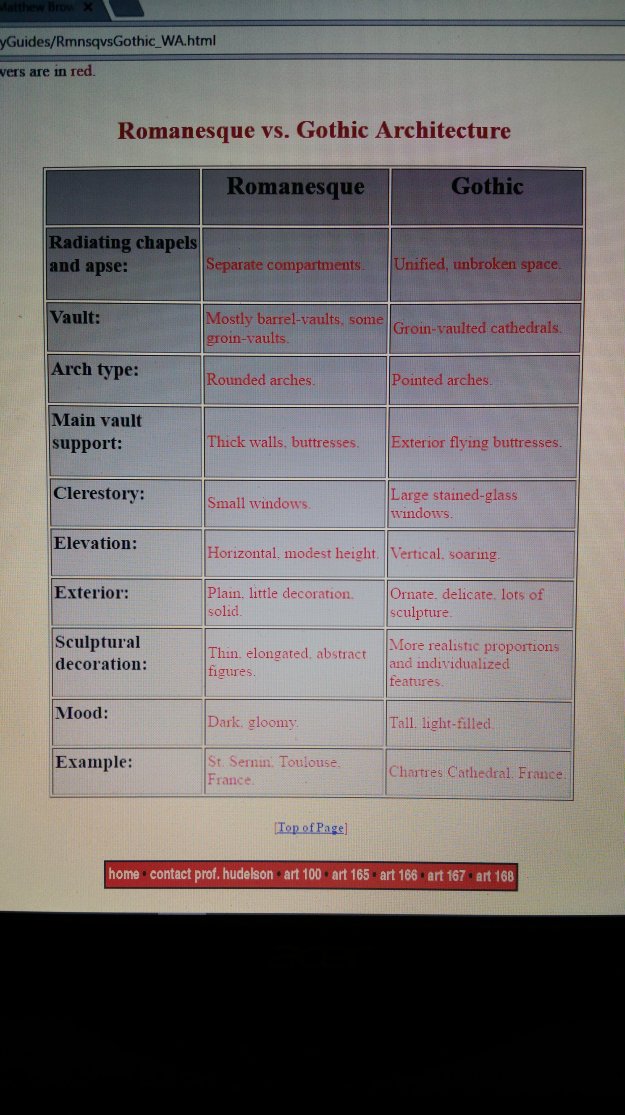Here is a general description of each polarity with no specific application:
1. Linear(R) vs. Painterly(B).
Linear: Imagine a painting that was outlined first, like a coloring book, and then filled in. Paint by number. A little random fact. In fresco painting (painting on plaster for huge murals), the artists created huge cartoons of the images before painting them. Then they would use a pin and prick the outlines. So, the Renaissance artists were literally coming from painting in cartoons. Part of the change in medium was the surge in use of oil paint. They were not the first to use it but they made it popular (Jan Van Eyck who we will talk about later).
Painterly: Fluid, outside of the lines. If you tried to cut each color swatch out you would not be able to because they flow together.
2. Planar (R) vs. Recessional (B)
Planar: The entire image is on one plane.
Recessional: The image is on various planes, going back and forth, in and out. Depth.
3. Closed (tectonic) (R) vs. Open (a-tectonic) (B)
Closed: The piece has a closed for, something visual is enclosing it in a way that you cannot imagine anything outside of the picture plan. Many times something architectural will frame the pieces.
Open: Something in the picture plane suggests a world outside of the painting. A line of prospective that shoots right off of the page or subjects walking in and out of the piece.
4. Multiplicity (R) vs. Unity (B)
Multiplicity: This is very closely related to linear. These painting were made in parts in a way that each part of the painting could stand alone. This is a bit more of a conceptual play on linear. Each part is capable of standing as a free member.
Unity: Again, closely related to painterly. The subjects in Baroque paintings can not be separated from one another. They depend on each other to exists, you cannot tear them apart.
Just decide if you can use scissors on the painting to separate distinct pieces. If you can it’s Renaissance, if you cannot is Baroque.
5. Absolute Clarity (R) vs. Relative Clarity (B) (in regard to the subject)
Absolute Clarity: You can tell exactly what is going on. No questions asked. The artists did not leave a lot of room for artistic interpretation by the viewer.
Relative Clarity: The artist left some information in the painting up to the viewer. There are some solid ideas but room for intellectual movement.






